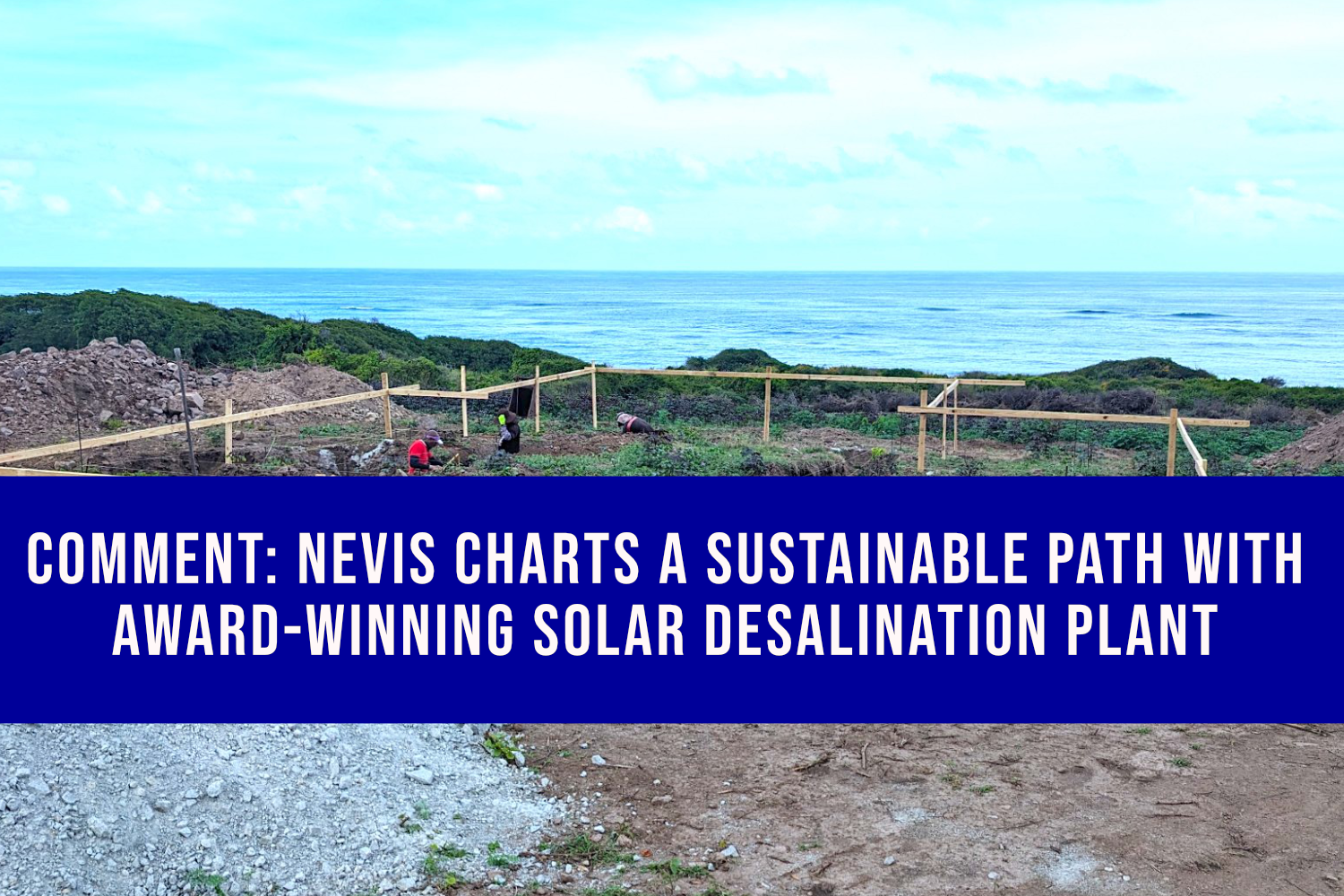Potential Planetary Threat from Near-Earth Asteroid in 3032.
The year is 2025, and the world has just received news of a potential celestial visitor – asteroid 2024 YR4. Discovered shortly after Christmas 2024 by the NASA-funded ATLAS telescopes, this rocky asteroid, estimated to be between 130 and 330 feet in length, has been identified as having a small, but non-zero, probability of impacting Earth on December 22, 2032. While this news might conjure images of apocalyptic scenarios, scientists are urging the public to remain calm, emphasizing that further observations are highly likely to downgrade the risk, potentially eliminating it altogether. The current calculations place the impact probability at 1.3%, meaning there’s a reassuring 98.7% chance that 2024 YR4 will miss our planet entirely.
The scientific community, spearheaded by experts at NASA’s Jet Propulsion Laboratory, is actively monitoring the asteroid’s trajectory. Their initial assessment places 2024 YR4 at level 3 on the Torino Scale, a metric used to categorize the impact hazard of near-Earth objects. A level 3 designation signifies that the asteroid merits careful observation and further analysis, but poses no immediate threat. This ranking system, ranging from 0 (no hazard) to 10 (certain collision with global consequences), provides a framework for communicating the potential risk to the public and coordinating international response efforts. The current level 3 classification reflects the existing uncertainty surrounding the asteroid’s orbit and the relatively low probability of impact.
The year 2028 presents a crucial opportunity for refining the asteroid’s trajectory. A close, but safe, flyby of Earth in December 2028 will allow astronomers to obtain more precise measurements of its size and path. This close encounter will provide invaluable data for recalculating the impact probability and, in all likelihood, reducing the perceived risk. The scientific community anticipates that these refined measurements will significantly diminish, if not eradicate, the current 1.3% chance of impact. This underscores the importance of continuous monitoring and the dynamic nature of asteroid risk assessment.
While the probability of impact remains low, it is important to understand the potential consequences. An asteroid the size of 2024 YR4, if it were to collide with Earth, could cause significant regional devastation. The impact energy would be comparable to a powerful explosion, potentially wiping out a city or causing widespread damage in a populated area. If the asteroid were to strike the ocean, it could trigger a tsunami, posing a threat to coastal communities. These potential scenarios highlight the importance of planetary defense efforts and the need for preparedness.
However, it is crucial to reiterate that the likelihood of such a catastrophe remains extremely low. Planetary defense systems are operating as designed, with continuous monitoring and assessment of potential threats. The scientific community is confident that ongoing observations will significantly refine the asteroid’s trajectory, likely eliminating the risk of impact altogether. Furthermore, if the risk persists after the 2028 flyby, space agencies have various mitigation strategies at their disposal, including deflecting the asteroid’s course with a spacecraft or, in a worst-case scenario, coordinating evacuations of potentially affected areas.
The discovery and ongoing tracking of asteroid 2024 YR4 serve as a reminder of the dynamic nature of our solar system and the importance of vigilance in monitoring near-Earth objects. While the current assessment suggests a low probability of impact, the scientific community remains dedicated to refining its trajectory and reducing the uncertainty. The combined efforts of astronomers, planetary defense experts, and space agencies demonstrate humanity’s commitment to safeguarding our planet from potential celestial threats. For now, the message remains clear: stay informed, but there is no need for undue alarm.
Share this content:












Post Comment